The US has begun taking concrete naval action to deter Chinese aggression against Taiwan, bolstering joint defense in the Indo-Pacific region, Institute for National Defense and Security Research research fellow Su Tzu-yu (蘇紫雲) said on Saturday.
Su made the comment in response to US Admiral Stephen Koehler’s statement that the US Pacific Fleet’s mission to deter aggression in the South China Sea encompasses Taiwan.
Koehler, the commander of the fleet, was speaking at the 15th annual Center for Strategic and International Studies’ South China Sea Conference in Hawaii on Tuesday last week.
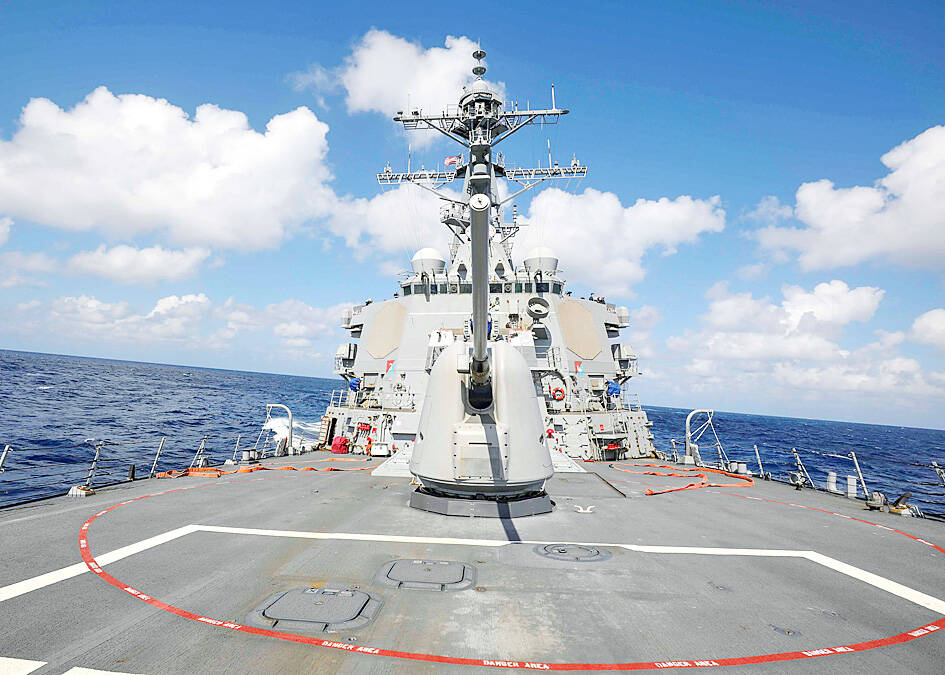
Photo: Reuters
The US Department of Defense in March said that deterring Chinese aggression against Taiwan was a top priority, Su said.
Koehler’s statement signifies that the US has advanced from policy and strategy to combat planning, establishing concrete military directives, he said.
US forces stationed in South Korea have indicated they would intervene in the event of a situation in the Taiwan Strait, further confirming that Taiwan is a part of the US’ military mission, he added.
This is a series of coordinated measures to gradually deter aggression and assist in the defense of Taiwan, Su said.
Although US President Donald Trump is outwardly friendly to the leaders of China, Russia and North Korea, he relies on the US Department of Defense and the US Department of State to bolster Washington’s commitment to defending Taiwan, he said, adding that it showed that US strategy has shifted toward concrete deterrence.
The US’ actions also align with Japan’s “single theater” concept, which views the four major conflict points in East Asia as one major challenge to encourage allied nations to respond together, Su said.
Taiwan is central to this concept, because its fall into the hands of China would be a fatal breach in the entire defense of the Indo-Pacific region, he said.
“Taiwan is too important,” not just due to Taiwan Semiconducting Manufacturing Co (台積電) and democratic values, but because of its strategic location, he added.
More than 50 percent of global shipping passes close to Taiwan, so a disruption would affect global balance, Su said.
This is why British and Japanese military vessels have passed through the Taiwan Strait three times recently, showing their support for Taiwan, he said.
Reacting to British patrol ships and Koehler’s statement, China has deployed more than 70 military aircraft to the Taiwan Strait, displaying anger at other countries protecting Taiwan, Su said.
The British navy’s HMS Prince of Wales would arrive in the Indo-Pacific region at the end of this month and might pass through the Taiwan Strait to defend the right to freedom of navigation, he said.
Taiwan should make its tracking of Chinese warships public, as China’s Shandong and Liaoning aircraft carriers have been active in the East China Sea and Western Pacific recently, Su said.
This would increase public confidence by making national defense more transparent, and help allied nations work together to deter Chinese aggression, he added.
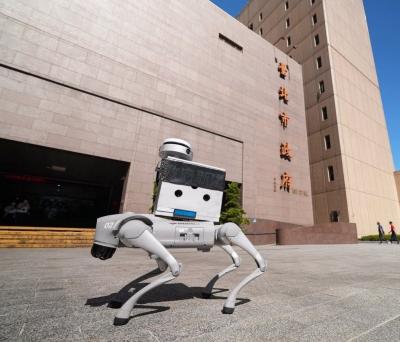
The inspection equipment and data transmission system for new robotic dogs that Taipei is planning to use for sidewalk patrols were developed by a Taiwanese company, the city’s New Construction Office said today, dismissing concerns that the China-made robots could pose a security risk. The city is bringing in smart robotic dogs to help with sidewalk inspections, Taipei Deputy Mayor Lee Ssu-chuan (李四川) said on Facebook. Equipped with a panoramic surveillance system, the robots would be able to automatically flag problems and easily navigate narrow sidewalks, making inspections faster and more accurate, Lee said. By collecting more accurate data, they would help Taipei
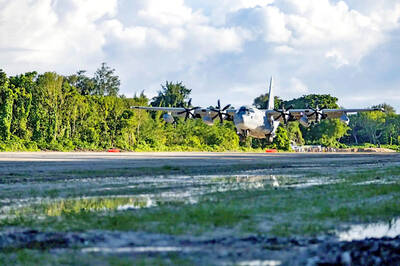
TAKING STOCK: The USMC is rebuilding a once-abandoned airfield in Palau to support large-scale ground operations as China’s missile range grows, Naval News reported The US Marine Corps (USMC) is considering new sites for stockpiling equipment in the West Pacific to harden military supply chains and enhance mobility across the Indo-Pacific region, US-based Naval News reported on Saturday. The proposed sites in Palau — one of Taiwan’s diplomatic allies — and Australia would enable a “rapid standup of stored equipment within a year” of the program’s approval, the report said, citing documents published by the USMC last month. In Palau, the service is rebuilding a formerly abandoned World War II-era airfield and establishing ancillary structures to support large-scale ground operations “as China’s missile range and magazine
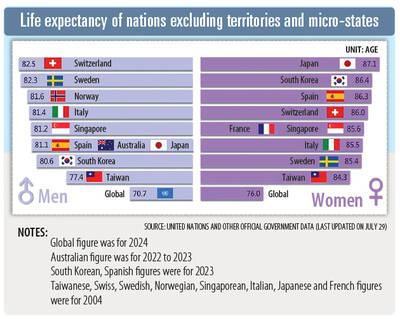
STATS: Taiwan’s average life expectancy of 80.77 years was lower than that of Japan, Singapore and South Korea, but higher than in China, Malaysia and Indonesia Taiwan’s average life expectancy last year increased to 80.77 years, but was still not back to its pre-COVID-19 pandemic peak of 81.32 years in 2020, the Ministry of the Interior said yesterday. The average life expectancy last year increased the 0.54 years from 2023, the ministry said in a statement. For men and women, the average life expectancy last year was 77.42 years and 84.30 years respectively, up 0.48 years and 0.56 years from the previous year. Taiwan’s average life expectancy peaked at 81.32 years in 2020, as the nation was relatively unaffected by the pandemic that year. The metric
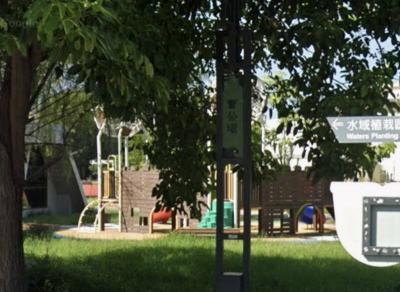
A 72-year-old man in Kaohsiung was sentenced to 40 days in jail after he was found having sex with a 67-year-old woman under a slide in a public park on Sunday afternoon. At 3pm on Sunday, a mother surnamed Liang (梁) was with her child at a neighborhood park when they found the man, surnamed Tsai (蔡), and woman, surnamed Huang (黃), underneath the slide. Liang took her child away from the scene, took photographs of the two and called the police, who arrived and arrested the couple. During questioning, Tsai told police that he had met Huang that day and offered to